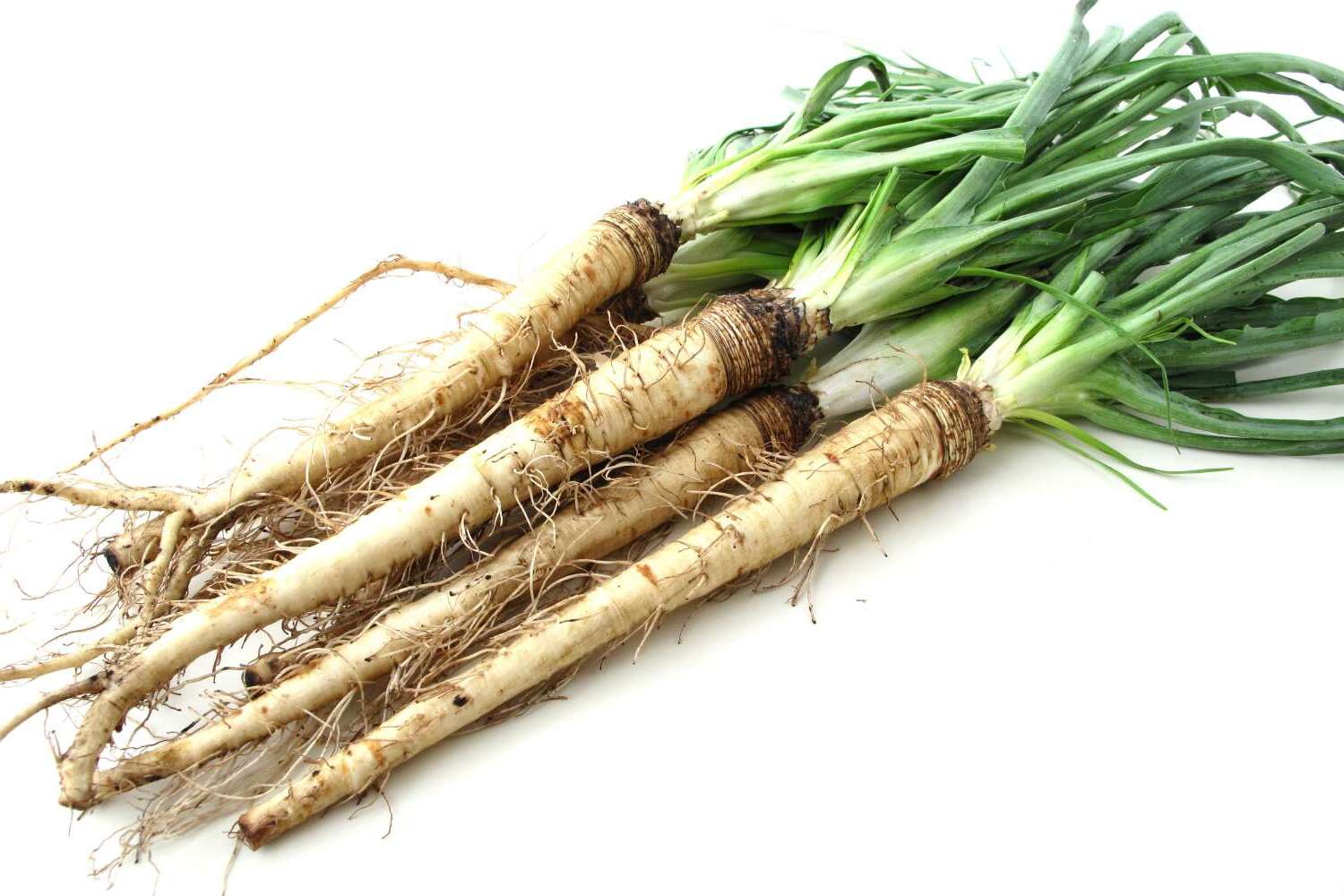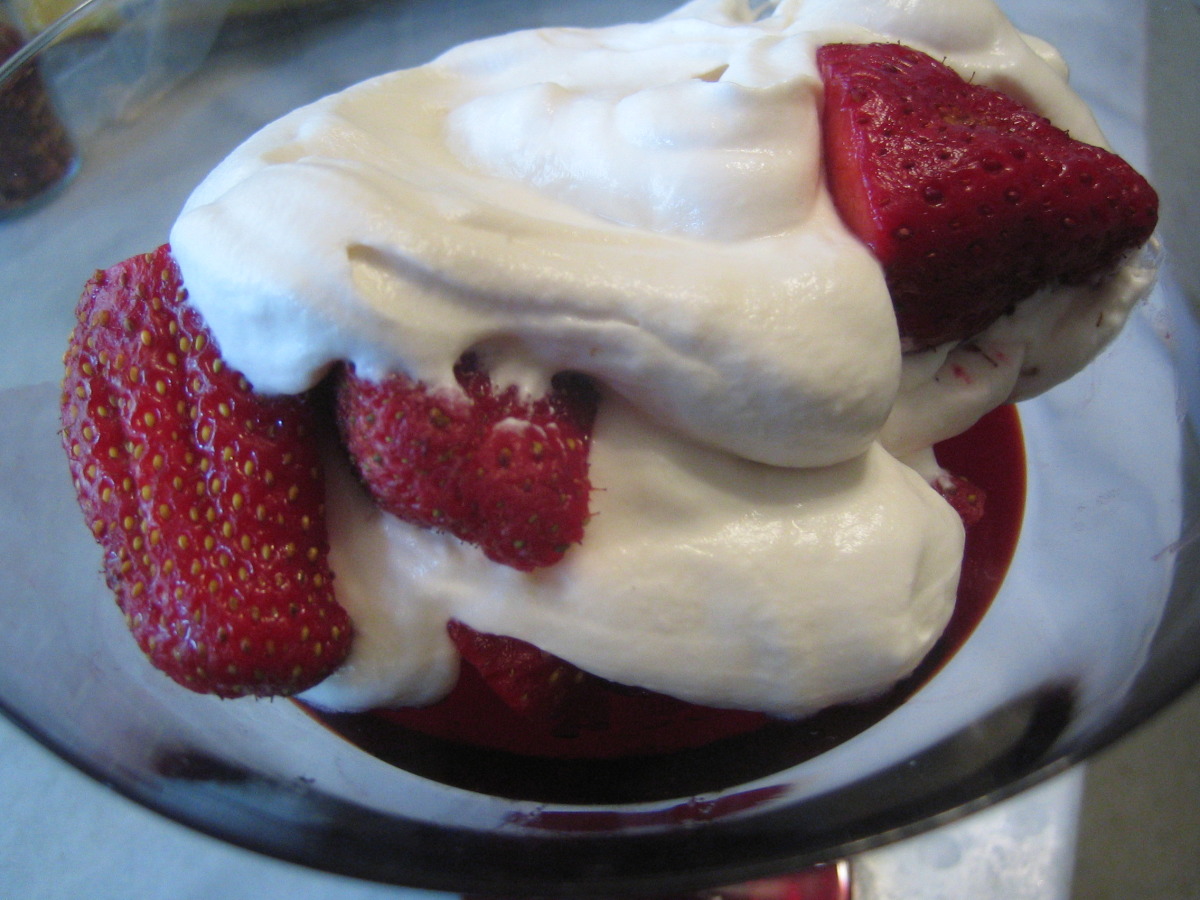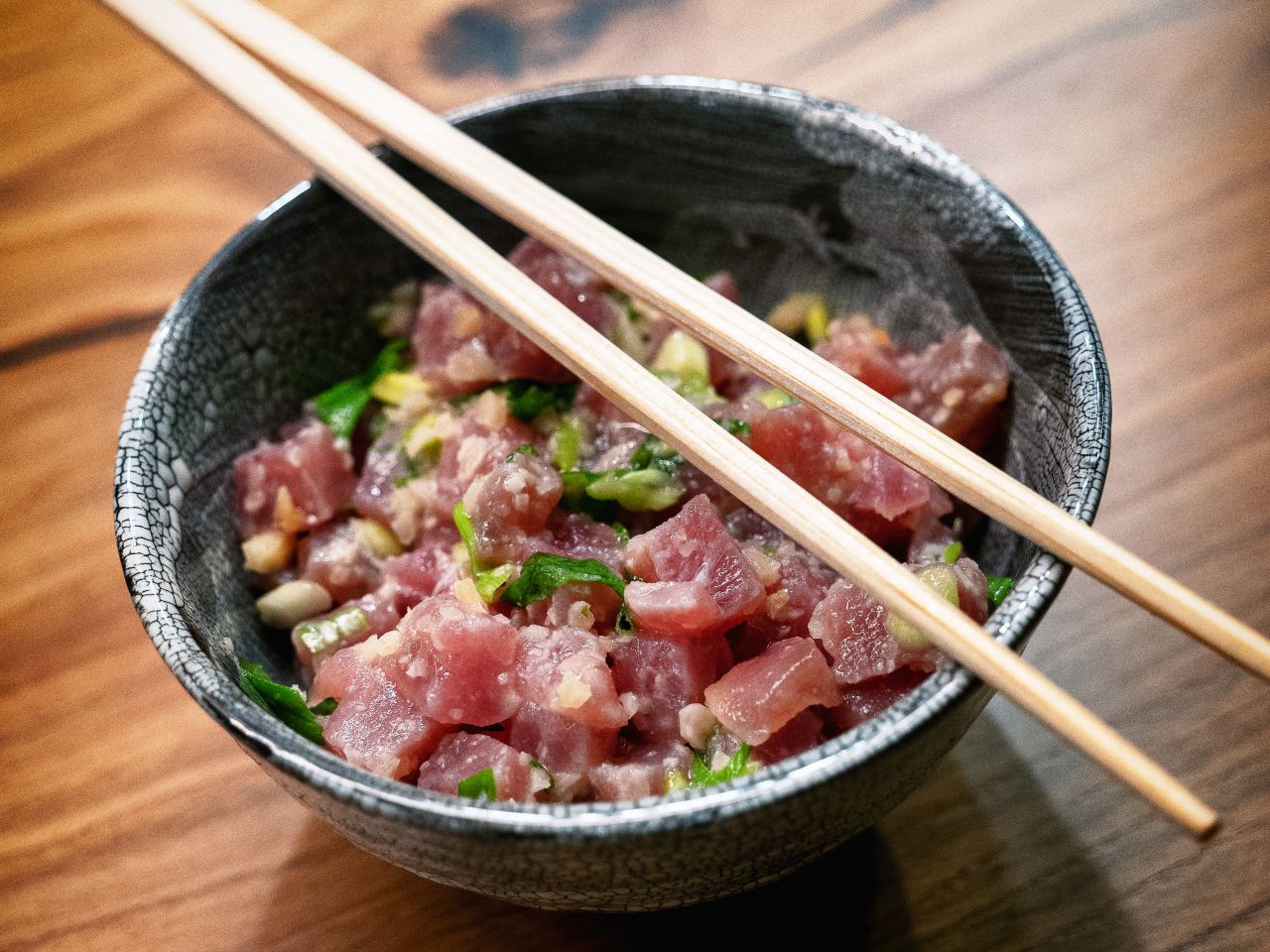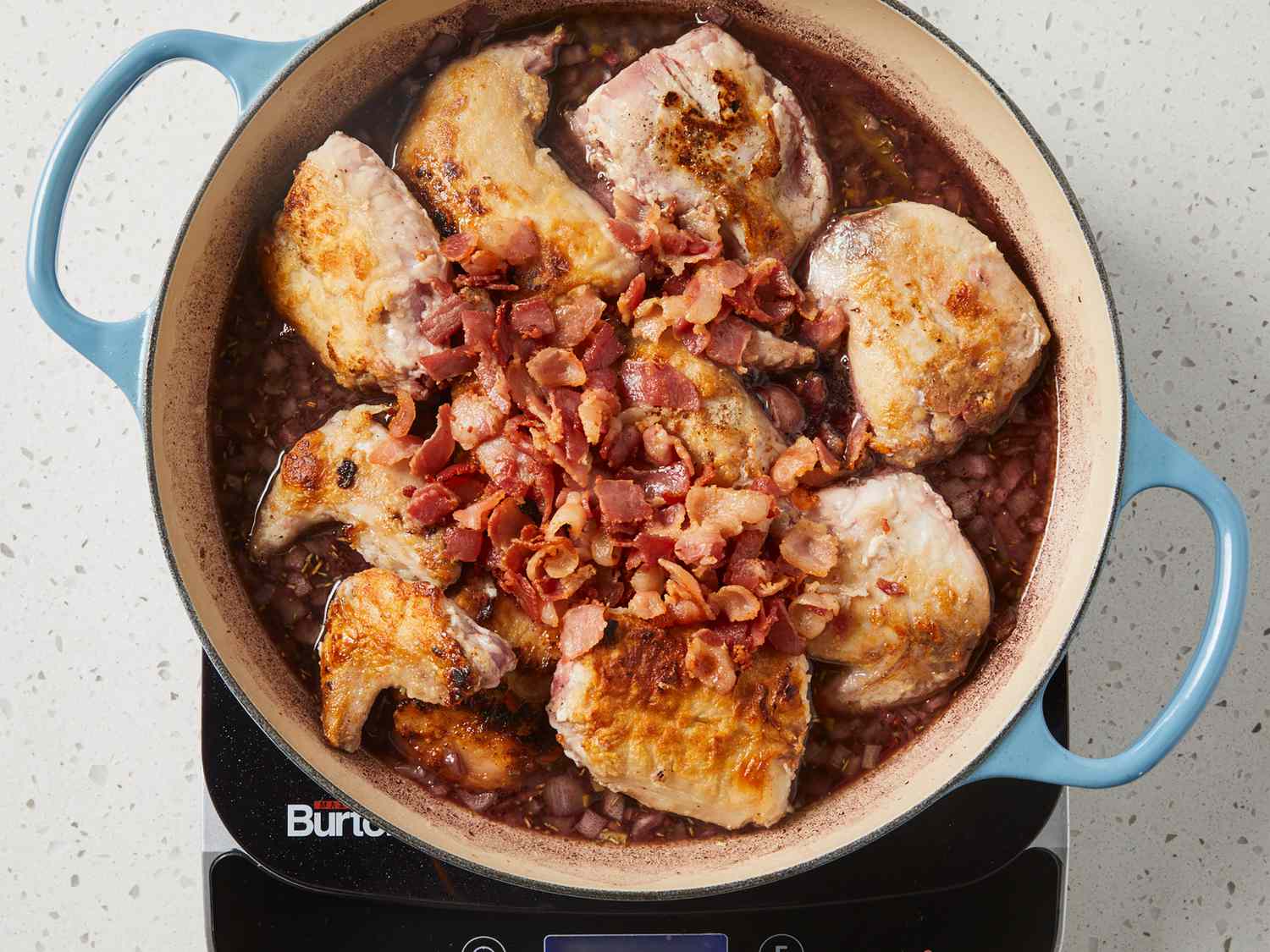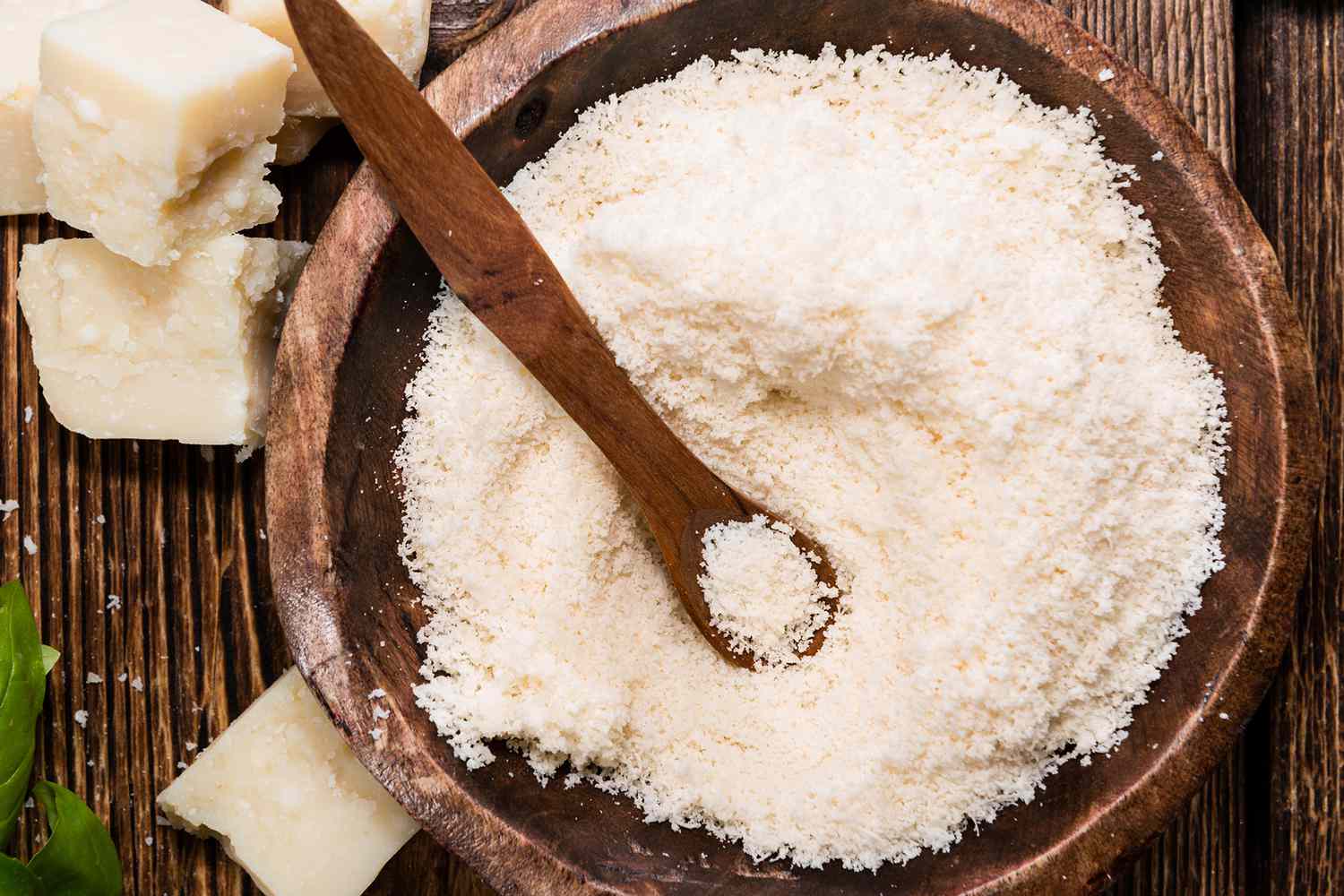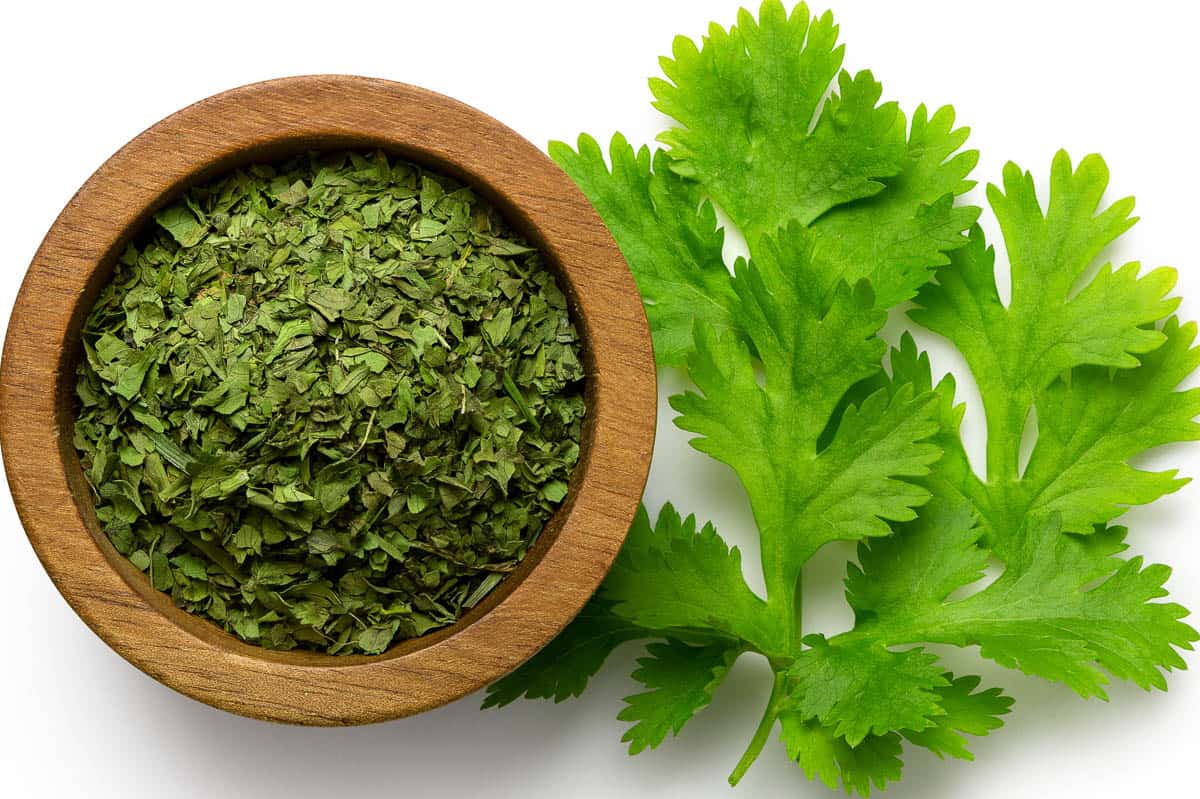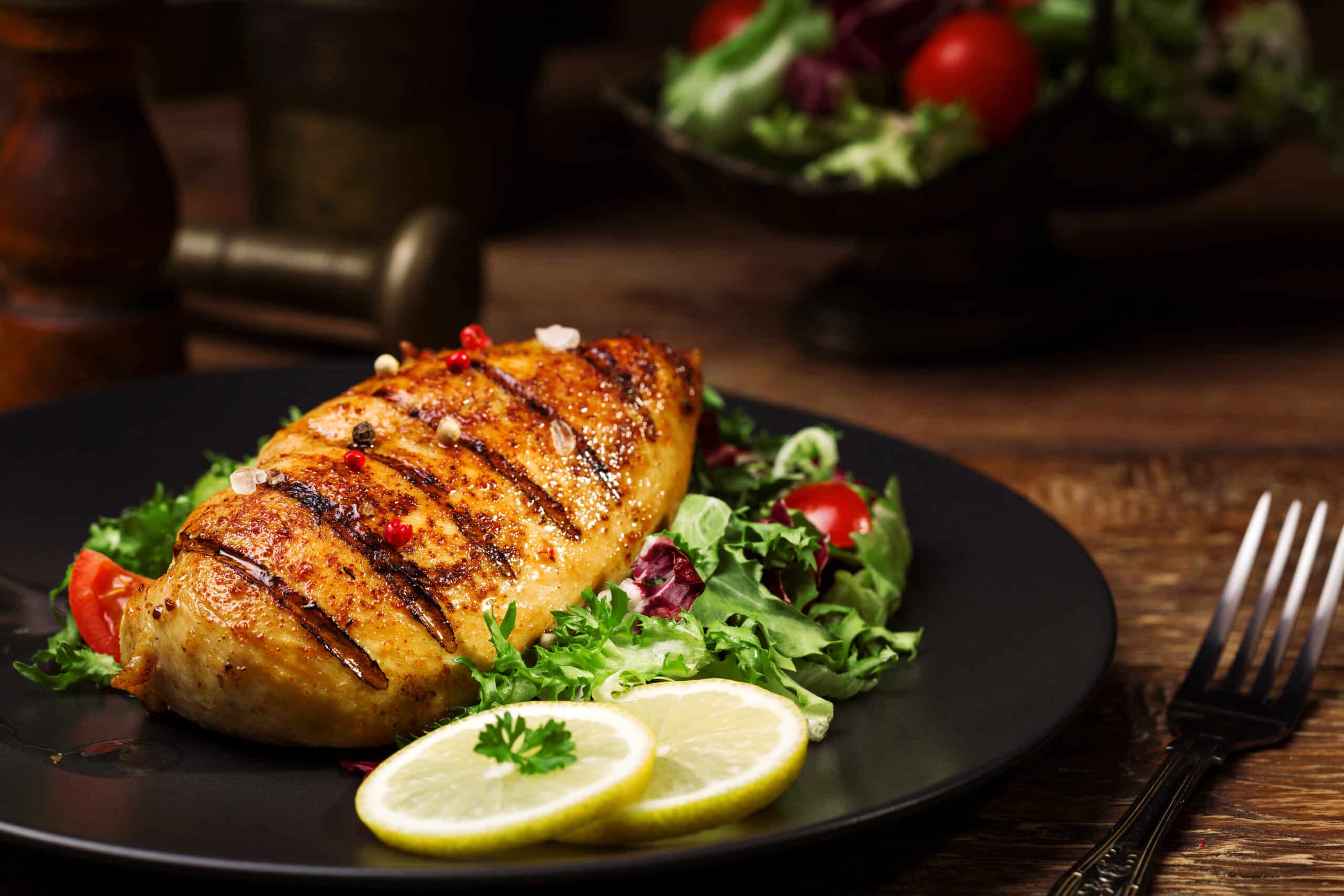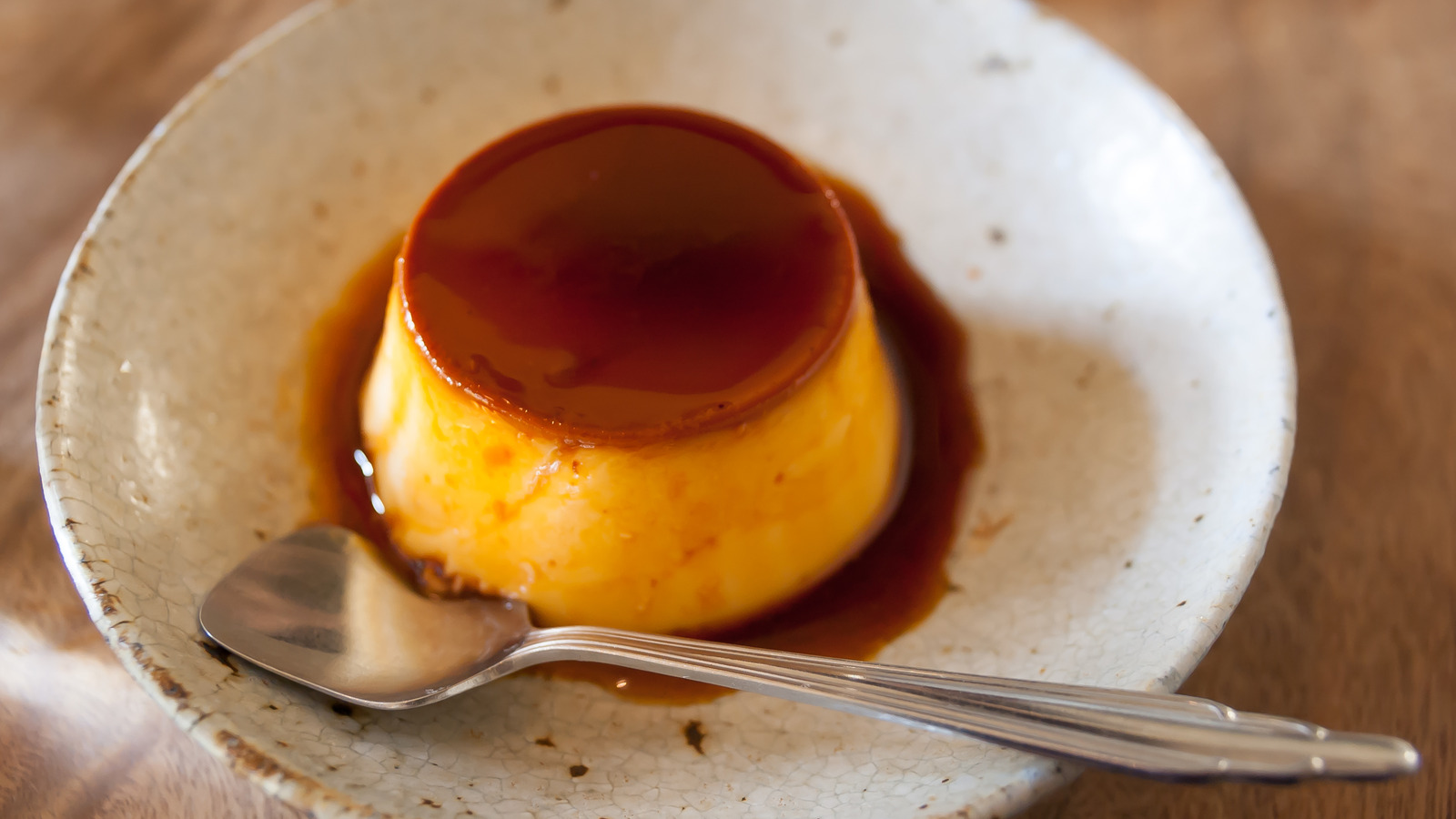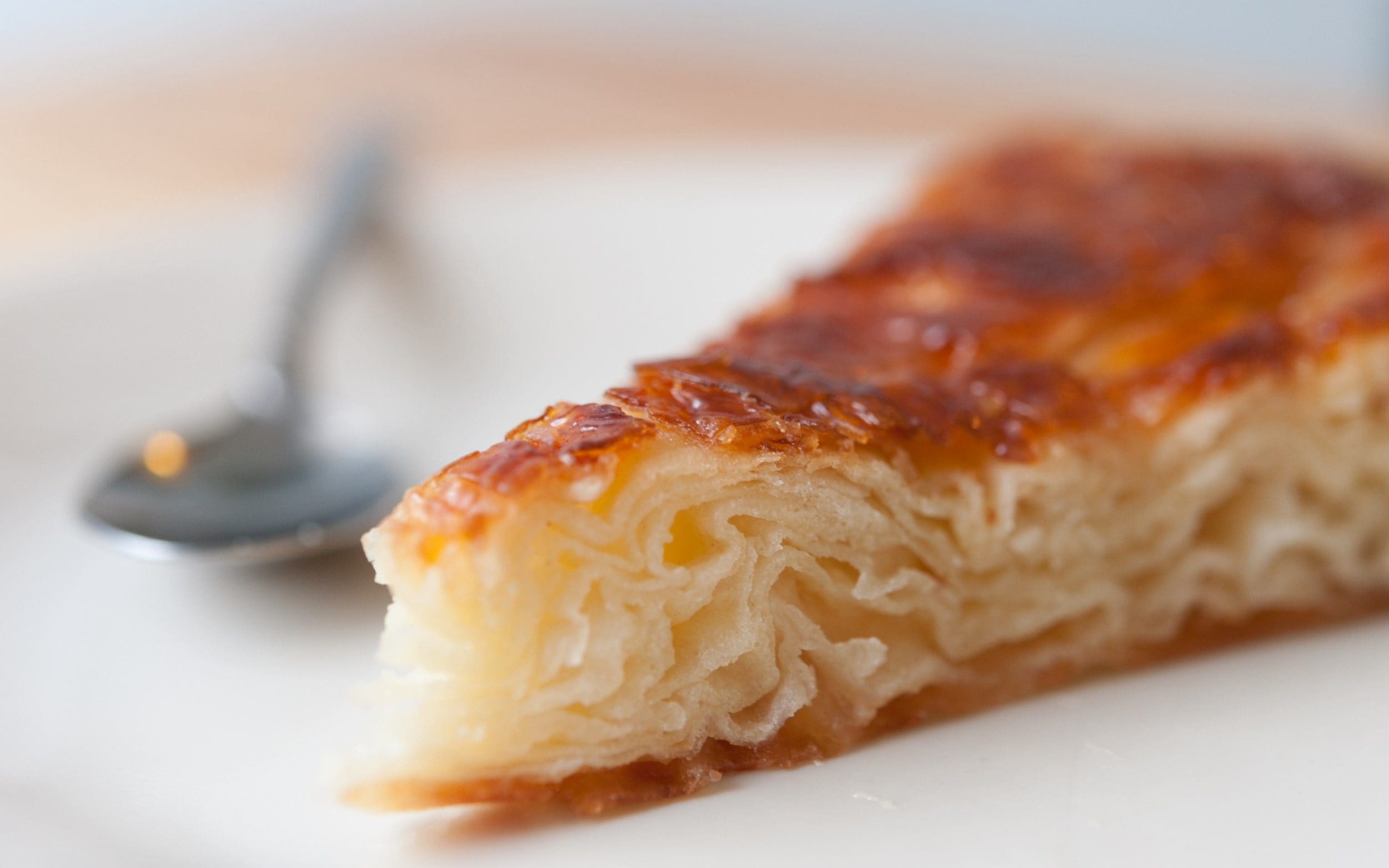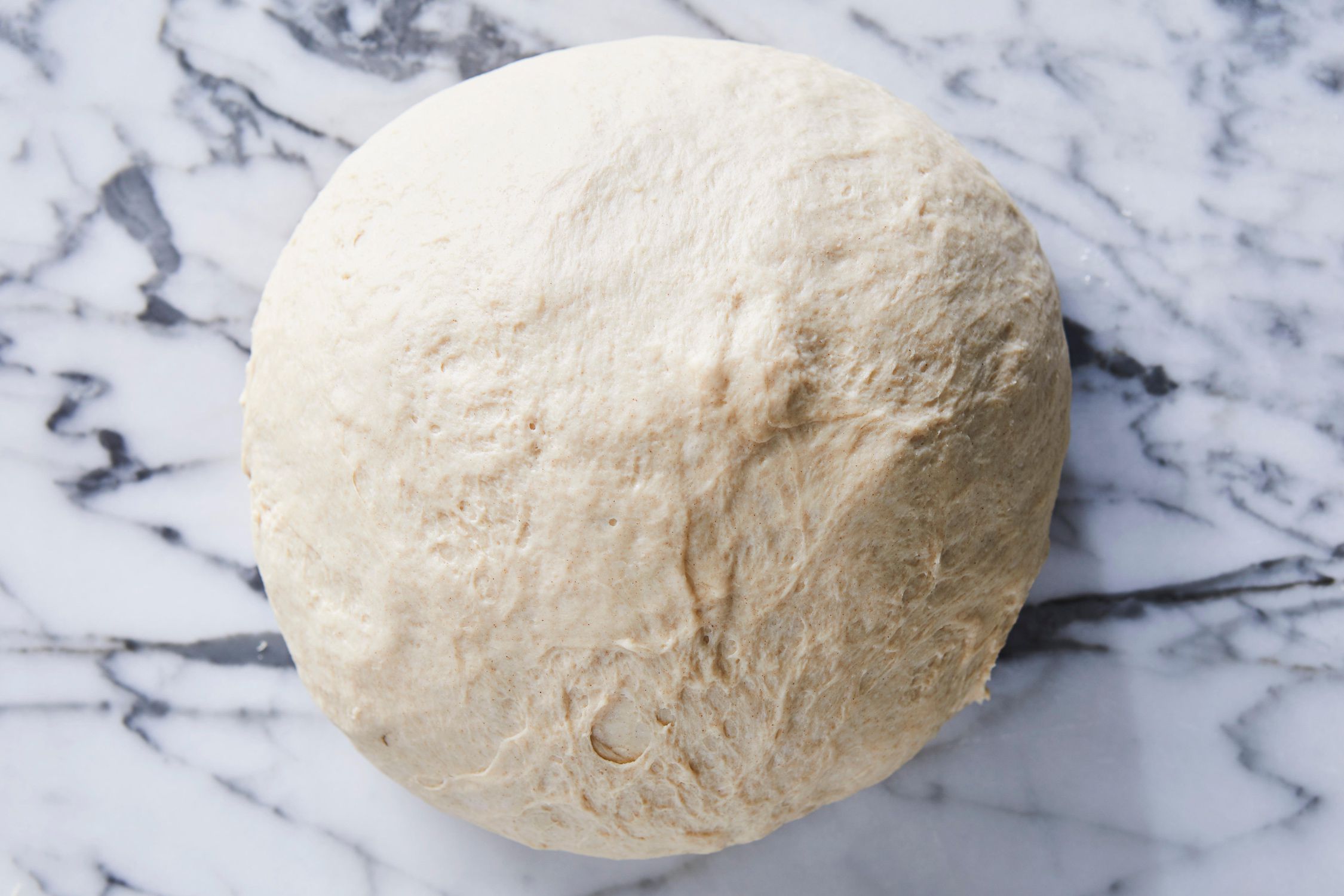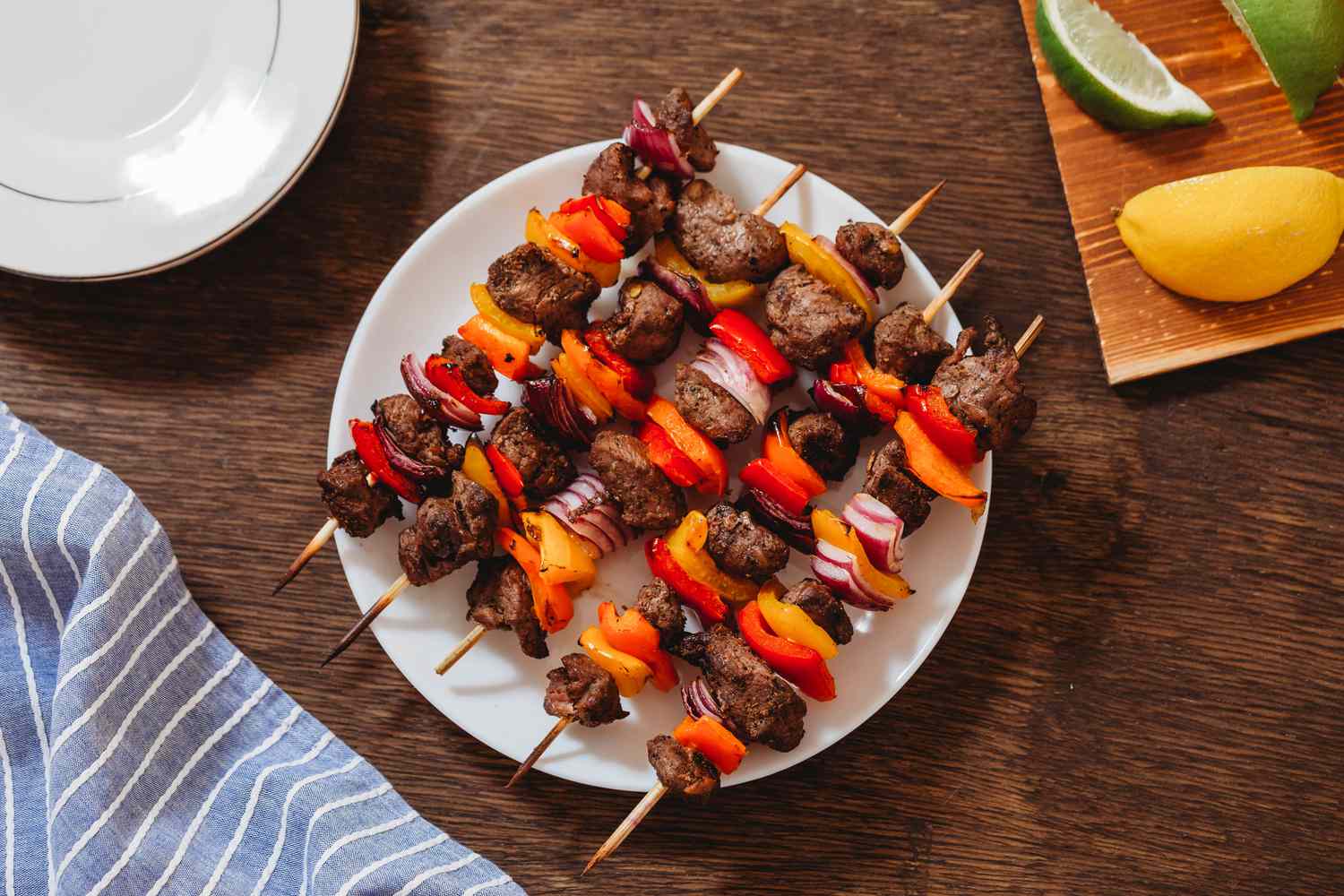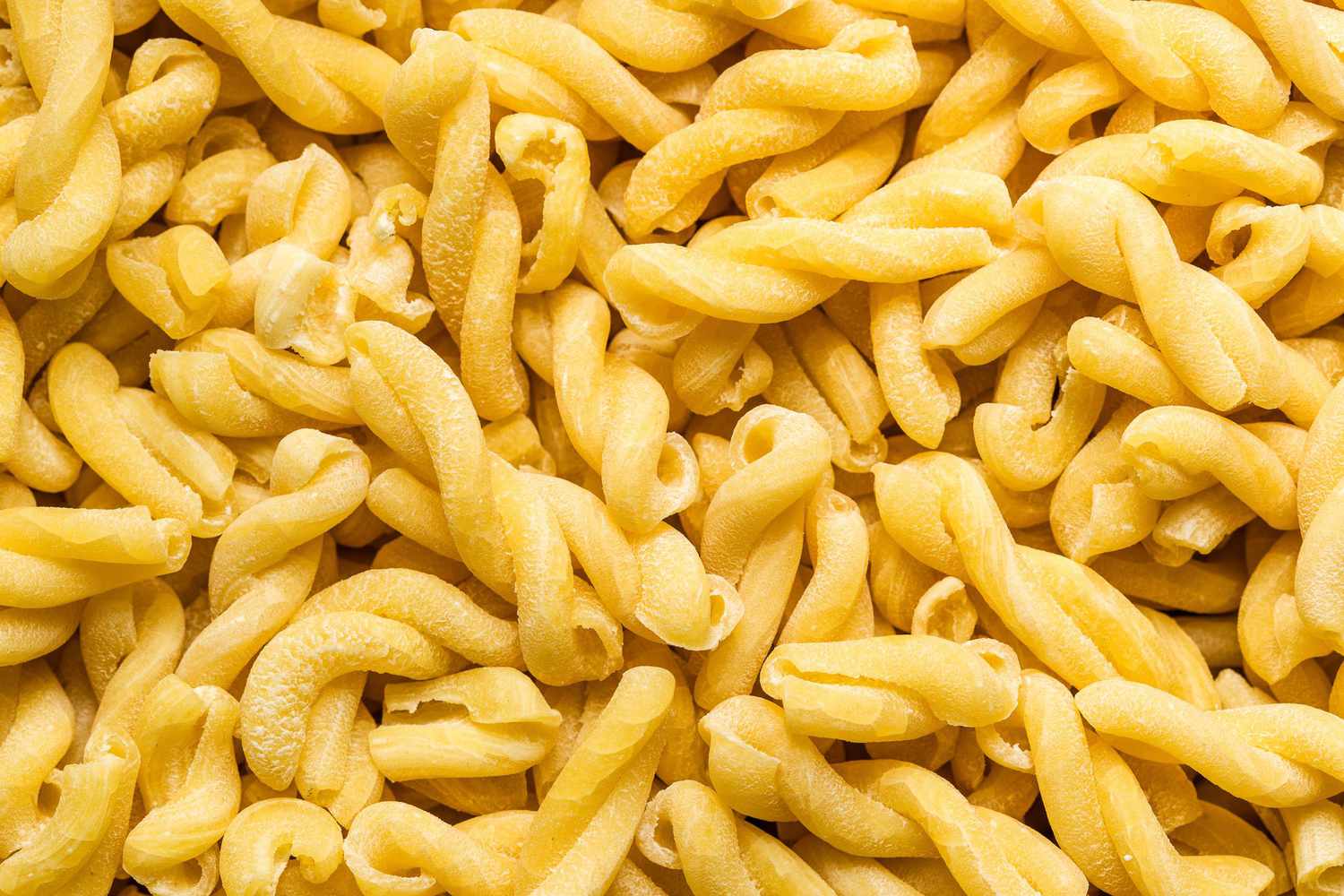The History of Paella
Paella is a delicious and iconic dish that hails from Spain. Its history is as rich and diverse as its flavors, and it has become a beloved dish around the world. Let’s take a journey through the history of paella and explore how this culinary masterpiece came to be.
Origins in Valencia
The roots of paella can be traced back to the Valencia region of Spain. This coastal area is known for its fertile lands and abundant rice fields, making it the perfect environment for cultivating the key ingredient of paella – rice. The dish was originally created by farm laborers who would cook rice, along with whatever ingredients they had on hand, over an open fire in the fields.
Evolution of the Dish
As paella gained popularity, it evolved to incorporate a wide variety of ingredients, reflecting the diverse culinary influences of the region. Seafood, rabbit, chicken, and a myriad of vegetables all found their way into different versions of the dish. The use of saffron, which gives the rice its vibrant color and distinct flavor, also became a defining characteristic of paella.
Global Spread
With the rise of tourism and the Spanish diaspora, paella made its way beyond the borders of Spain and onto the plates of people around the world. As it traveled, it adapted to local ingredients and tastes, resulting in countless variations of the dish. From seafood paella on the shores of the Mediterranean to rabbit and snail paella in the inland regions, each version tells a unique story of its origins.
Modern Interpretations
Today, paella continues to be a staple of Spanish cuisine and a favorite in restaurants worldwide. Chefs and home cooks alike continue to put their own spin on the dish, experimenting with different proteins, vegetables, and seasonings. While purists may argue over what constitutes an authentic paella, the beauty of the dish lies in its adaptability and ability to bring people together around the dinner table.
In Conclusion
The history of paella is a testament to the ingenuity and resourcefulness of the people who created it. What started as a humble meal in the fields of Valencia has grown into a global culinary sensation, beloved for its vibrant flavors and communal nature. Whether enjoyed on a sunny terrace in Spain or at a bustling restaurant in a distant land, paella continues to bring a taste of its rich history to every plate it graces.
So, the next time you savor a steaming plate of paella, take a moment to appreciate the centuries of tradition and innovation that have gone into creating this iconic dish.
Was this page helpful?
Read Next: What Is Hot Dog Relish
